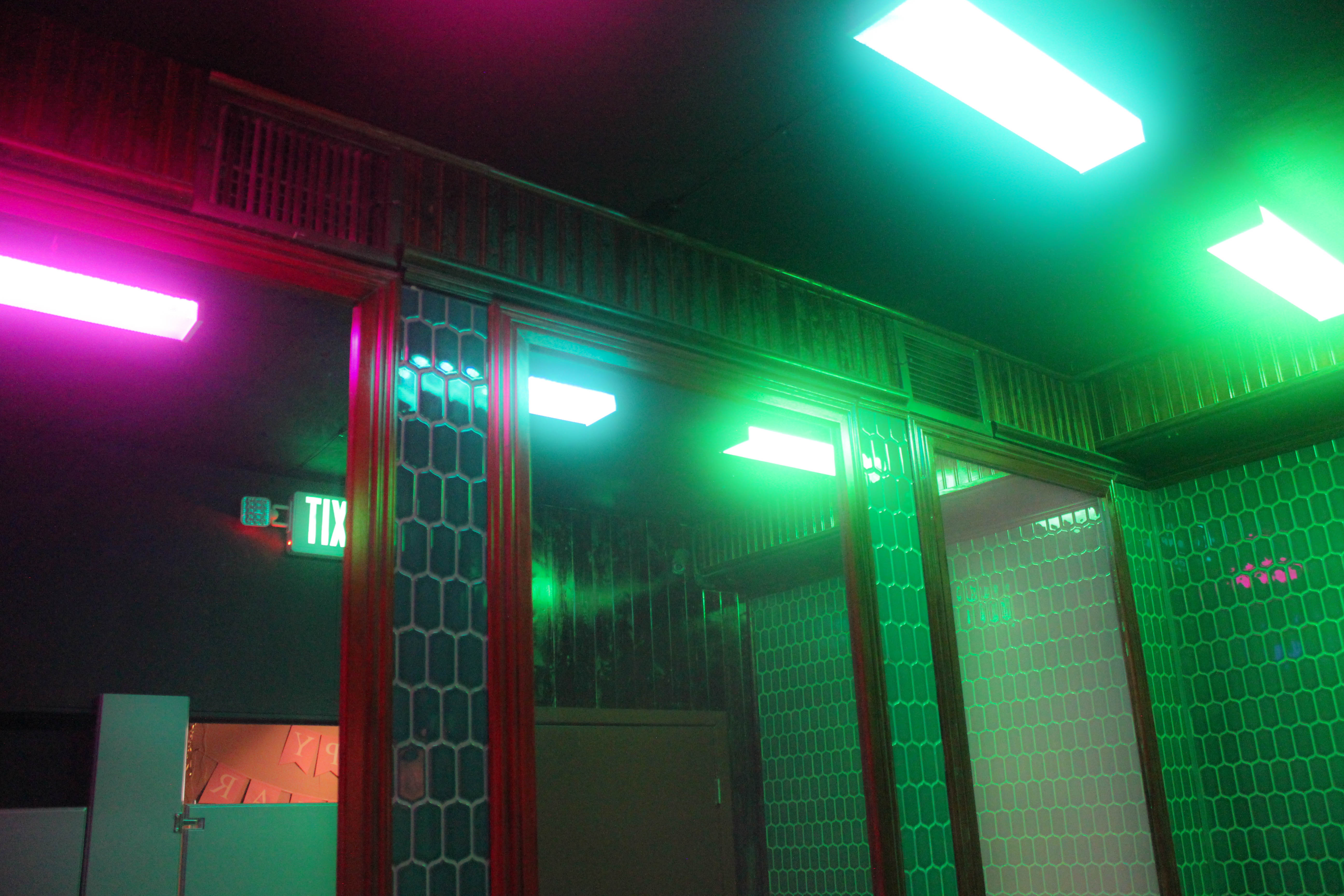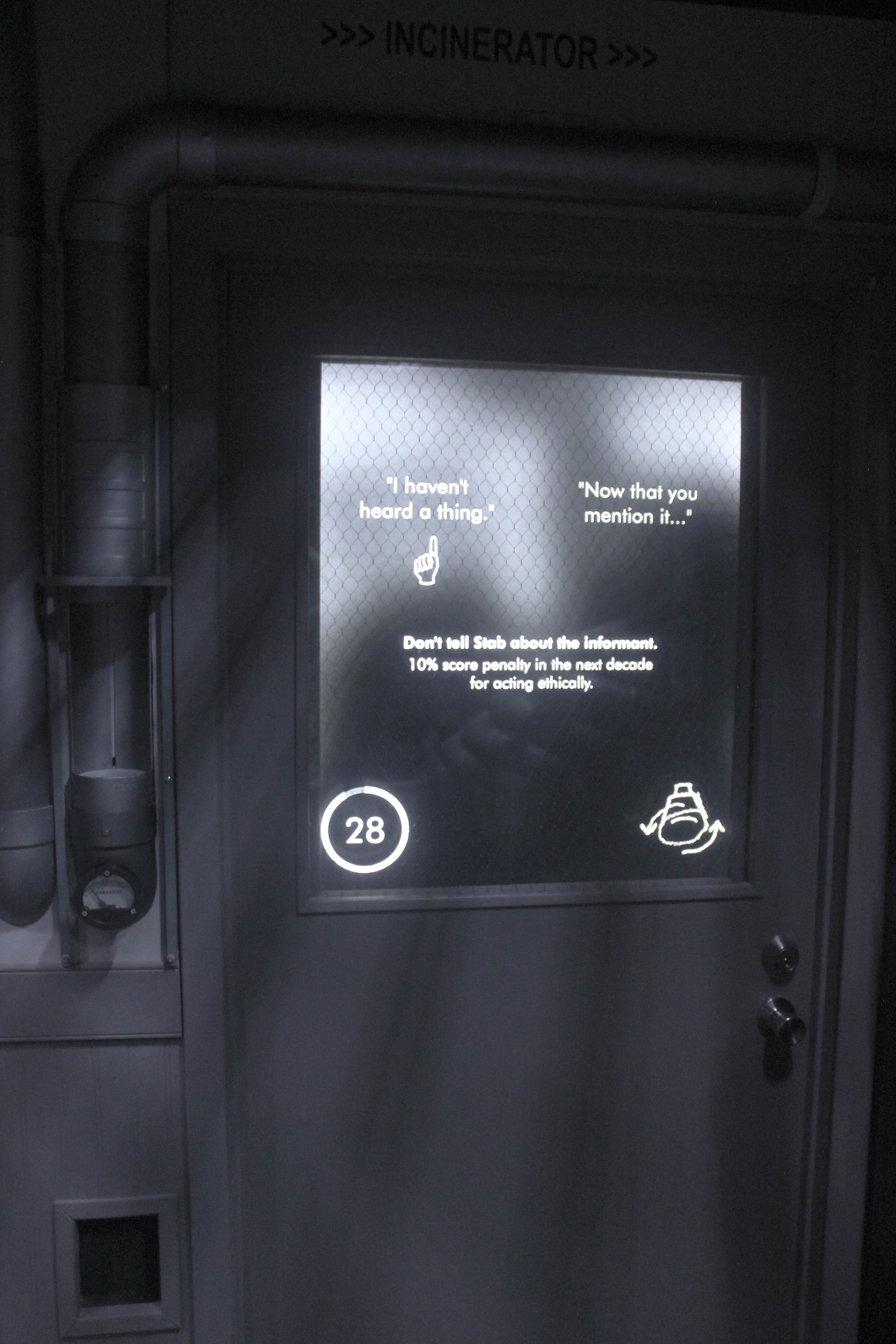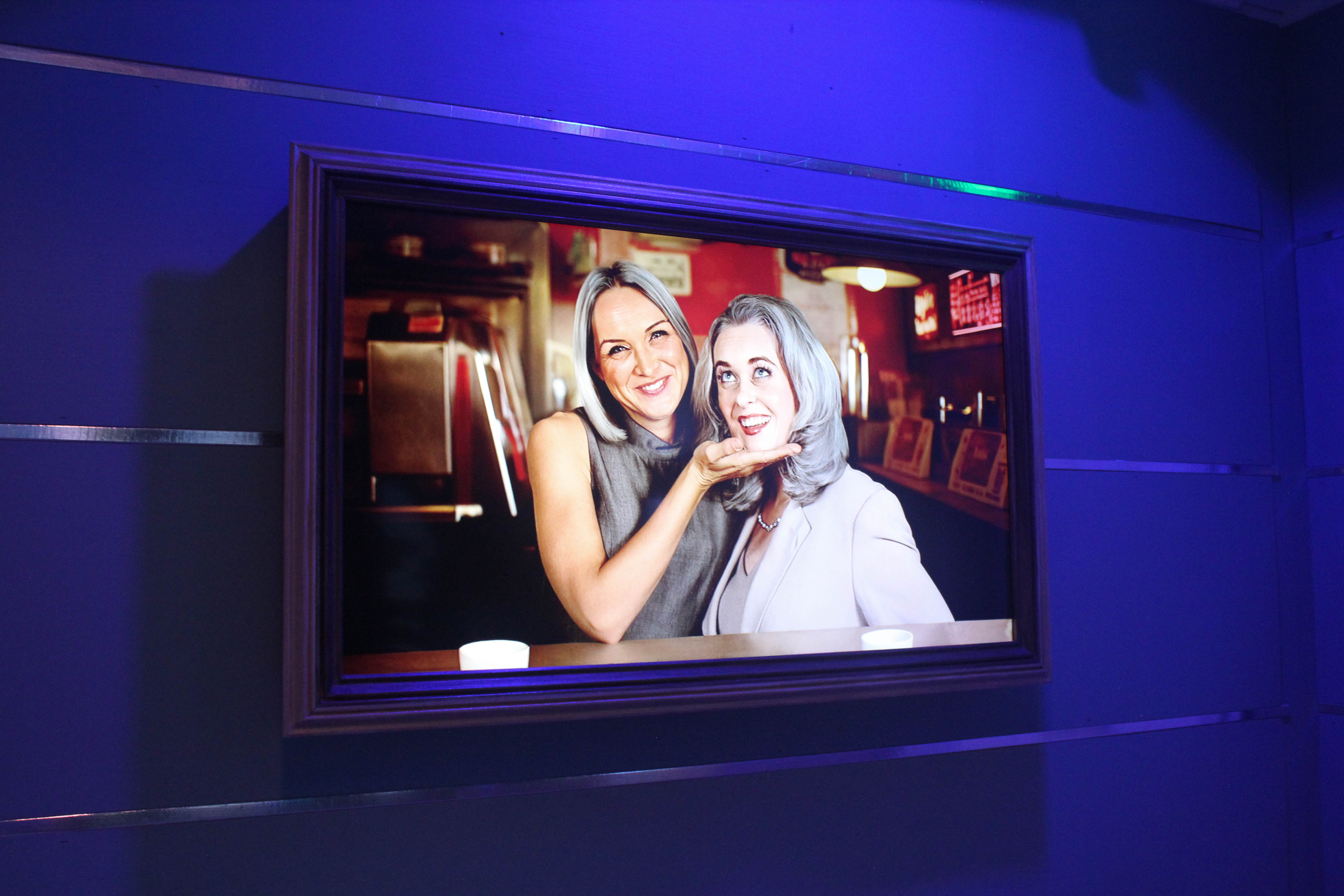Custom Show Control System
Created for The Ladder at Hatch Escapes.

When I started working on The Ladder, I had been hired primarily as a specialist on embedded microcontroller programming and electronics. However, as my involvement in the project grew, I was given the opportunity to expand the scope of my work considerably. As it now stands, the single most noteworthy contribution I made to the project was creating the system that made it all "work", as it were, unifying many different technical systems to enable a seamless integration of storytelling and gameplay with presentational polish.
Before I even began working on the project, TouchDesigner had been chosen as the primary show control platform for The Ladder. My understanding is that it was chosen primarily because it was well-suited to rendering and mapping motion graphics onto each of the many PixLite-driven LED display walls, but it also had relatively easy integration with DMX lighting control and audio output.
The downside, of course, is that TouchDesigner is not actually a show control system. It is an interactive motion graphics platform. It has plenty of tools for building interfaces, but it's no QLab - if you want it to do something for you, you have to make it work yourself. So I made it work myself.



Players are given the option to make ethical choices such as this one which will affect theatrical cues and gameplay effects later on in the experience.
The final version of the TouchDesigner project that runs the Ladder uses a multimedia cueing system I custom-built for the experience. It combines support for more traditional sound and DMX lighting cues with direct IoT integration to allow cues, Unity projects, and in-room devices to interact with and trigger each other.
The system also supports branching paths through the experience based on choices made throughout. Solving certain puzzles, for instance, will automatically cause additional scenes to play out and affects which of several sound and lighting cues you may receive later on in the story.

Certain displays, lighting cues, and cutscenes further on in the experience vary based on previous choices.
The Ladder's most complicated aspect by far is its branching narrative. There are multiple axes on which a single group's path through the experience can vary. Solving or failing to solve specific puzzles, making different choices unlocked by solving those puzzles, and the amount of "money" earned by playing scored games all impact later parts of the experience in different ways and need to be reacted to appropriately by various technical systems.
For instance, if you earn enough "money" in one room, you are given the option to pick a family for your group's chosen avatar; the family choice made will not only apply a score and time multiplier to the next room, but also appear in multiple "picture frames" further on in the experience, as well as the final animated ending sequence, which dynamically adjusts itself to reflect the choices made.
Myself and Lead Interactives Designer Will Kommor handled this by storing each group's choices in a unique record in a SQL database hosted on the show control computer. Each of the show's custom Unity apps, as well as the show control system itself, can then read all of each group's past choices from the database and automatically adjust displays and video cutscenes to reflect those choices.